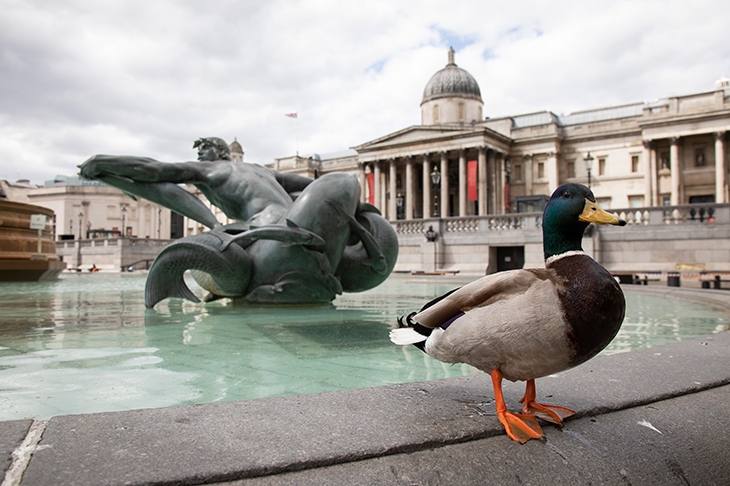For all the abuse heaped on the Behavioural Insights Team early in the crisis, let’s not forget that the only three immediate solutions proposed by the combined ranks of the scientific establishment were, um, behavioural. People were encouraged to wash their hands with soap for 20 seconds, to stay home where possible and to keep two metres away from those outside their household.
And we adopted this advice in our millions, long before any mandate had been issued. It would be wrong, when modelling the spread of this disease, to overlook the effect of voluntary preemptive action. My last visit to London was on 12 March, 11 days before we were made to stay indoors. It was already a ghost town. Some elderly relatives had been self-isolating from the beginning of the month. A few multinationals banned all air travel from late February.
This does not mean the lockdown was irrelevant of course. Many people were revising their behaviour in anticipation of it. Others were unable to work remotely until it had been enforced. But it is plausible that the now famous R was already lower in mid-March than in February.
Many socially beneficial behaviours have spread by norm-setting, whether led by royalty or religion
The problem with R, of course, is that it is simply an average. And the problem with averages as metrics is that they limit your response to indiscriminate interventions. Often it is the variance, not the average, that matters. Are some people more contagious or more susceptible than others? Are some locations inordinately infectious? Does the size or location of the initial viral dose have a bearing on the severity of the disease?
Eventually we may learn that perhaps 5 per cent of out-of-home locations (lifts? Mass transit? Conferences? Buffets? Hospitals?) drive 95 per cent of the spread of the disease.









Comments
Join the debate for just £1 a month
Be part of the conversation with other Spectator readers by getting your first three months for £3.
UNLOCK ACCESS Just £1 a monthAlready a subscriber? Log in